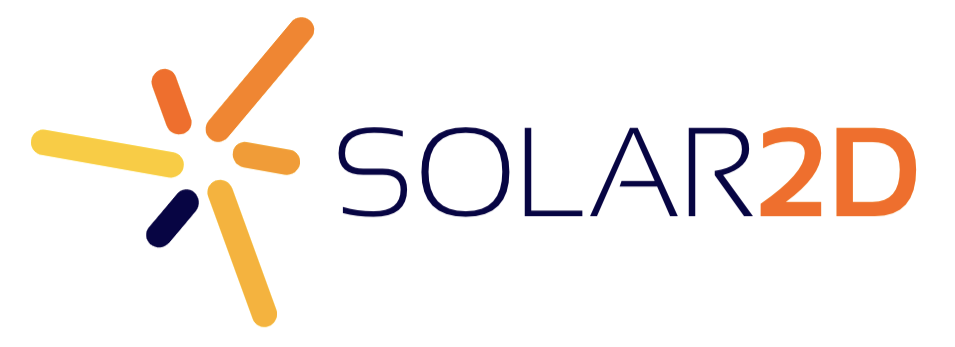The free version got about 3500 downloads total across iOS and Android in 8 months. I could never get the critical mass I needed to make it a success, despite the free version having 50-60 4 & 5 star reviews on both app stores. It’s a numbers game, and I could just not get enough people playing to make it successful.
What I’ve read in books like The Four Hour Work Week and various marketing articles is this:
2% of the people that see an ad actually click it, and
2% of those people that clicked it will actually buy what you’re selling
If I look at the number of people who downloaded the game versus the money I made off in-app purchases, it does work out to be about 2%. Using that data, one could make the prediction that Puzzlewood would generate $1000 for every 50,000 downloads. Further following that train of thought, if I wanted to make $1000/month, I’d need to add 50,000 players every month.
That’s unrealistic for an indie game with a tiny advertising budget. Sure, there are exceptions, and occasionally a developer will get lucky, but for every indie game that gets featured on the App Store, I’m guessing there are a ton of indie games that wither on the vine, unnoticed.
My competition is Lumosity, which supposedly has 50 million users and made $24 million in revenue in 2012 – I don’t have more recent numbers – and, in a way, the PuzzleQuest series, even though the gameplay is really very different. I looked at it like, well, I just want a small piece of that, and then I just made up numbers:
“If I get just 10% of those users and 10% of them buy something, that’s $500,000! Yes!”
But, you can’t just make up numbers and hope for the best. I know, it seems obvious, but when you’re in the middle of making a game that you really feel is going to be a huge hit, your mind gets clouded a bit.
I spoke with some people about it all, including Graham from Glitch Games, and he gave me some good information about how they do things. They knew their market was small, therefore a freemium game just wouldn’t make sense, and they assumed (correctly) that the people interested in their games would be willing to pay for them. A side effect is their games end up being better because they’re not badgering folks to buy things and have no ads to detract from the presentation. I’m really happy I spoke with him about this, as it changed my whole way of thinking about app economics. Up to that point, everything I’d read told me, “You HAVE to make your game free with in-app purchases if you want to make any money.”
So I decided to try it, created the Premium edition, set the price at $1.99, and lost all my reviews in the process. After the first two weeks on Google Play, I noticed that the number of daily downloads stayed the same, even though it’s now $1.99 instead of free. So, for my game, the people that are interested in it seem to be willing to pay for it.
This is all about sales, but what about marketing and just getting more people to download the game? That’s where I still lack some understanding. 
My foray into app marketing is probably worthy of another post another day…
Dave

